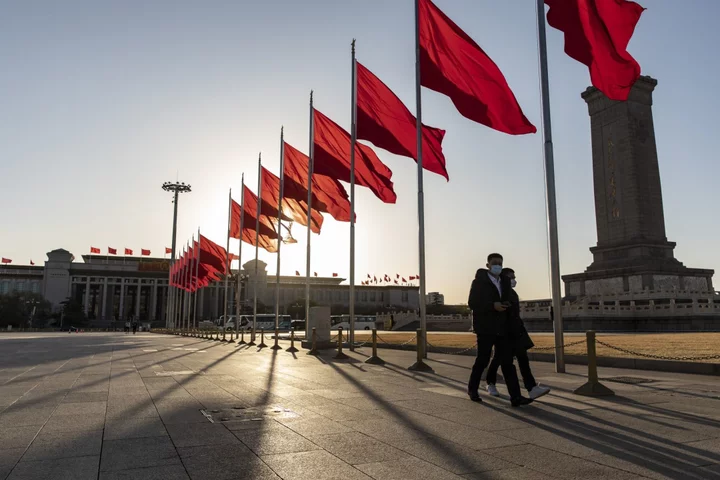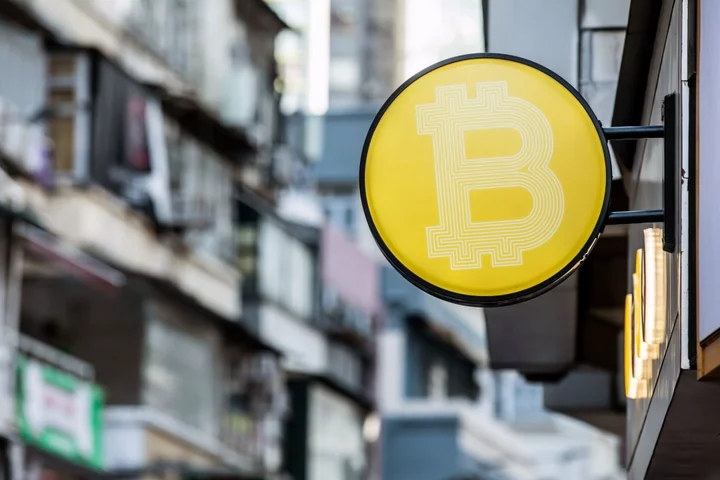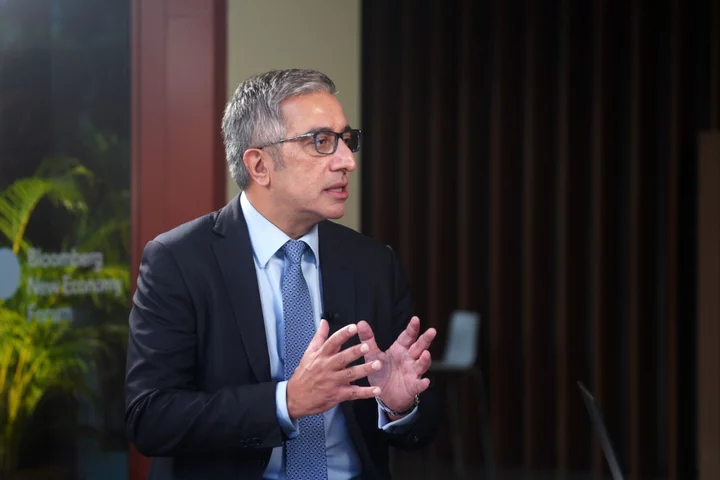The last Indian journalist in China has been asked to leave, as Beijing and New Delhi eject each other’s reporters in a tit-for-tat row deepening a rift between the Asian economic powerhouses.
Chinese authorities have instructed the Press Trust of India reporter to leave the country this month, according to a person familiar with the matter. His departure will wipe India’s media presence from the world’s second largest economy at a moment of deteriorating ties.
Indian media outlets had four reporters based in China earlier this year. The Hindustan Times reporter left over the weekend, while two Indian journalists from public broadcaster Prasar Bharati and The Hindu newspaper were denied visa renewals in China in April.
China has gone from having 14 journalists in India in 2020 to just a single reporter, Chinese Foreign Ministry spokesman Wang Wenbin told reporters at a regular press briefing in Beijing on Monday.
“At present, India still has not approved a visa extension of the only remaining Chinese journalist in India,” Wang said. “We hope that India will meet China halfway and continue to issue visas for journalists and remove unreasonable restrictions.”
India’s foreign ministry did not reply to a request for comment. Earlier this month, it said in a statement that Chinese reporters had been operating in the South Asian country without any difficulty, but this was not the case for Indian journalists in China. Both countries were in touch over the issue, it added.
READ MORE: China Ups Tensions, Accuses India of Kicking Out Reporters
Relations between Beijing and New Delhi have been tense since a deadly brawl on their shared Himalayan frontier in 2020. China has sought to keep that dispute separate from the overall relationship and focus on trade and economic ties, but India has said relations cannot go back to normal until the border issue is resolved.
The visa rejections come as India hosts the Group of Twenty and the Chinese-founded Shanghai Cooperation Dialogue meetings this year. Xi is expected to attend the G-20 leaders summit in September as China looks to build its diplomatic and political presence globally.
Indian officials familiar with the matter, who asked not to be identified due to the sensitivity of the situation, said the visa spat began a few months ago over Indian journalists hiring assistants in China to help with reporting. Beijing imposed measures limiting employment to three individuals at a time who must come from a pool provided by the Chinese authorities, they said. India doesn’t have a cap on hiring.
China dates the row back even further. Wang said on Monday that India started to issue short-term visas to Chinese journalists in 2020. This made it difficult for reporters to obtain residence permits and banks accounts, according to an account published by a Xinhua News Agency journalist of his time in India.
A Chinese official separately said there had never been any limits imposed on the number of assistants Indian media could hire.
China and the US have also been in a years-long dispute over journalist visas. After the Trump administration designated a handful of Chinese media companies as “foreign missions” and put caps on the number of Chinese journalists in the country, Beijing responded by revoking press credentials for reporters at US media companies.
In 2020, two Australian journalists based in China fled the country as diplomatic tensions worsened between the two nations. The two men were initially banned from leaving and spent five days under consular protection until Australian diplomats could negotiate their departure. That year, Beijing accused Canberra of raiding the homes of Chinese state-media staff and seizing their property.
--With assistance from Colum Murphy and Jing Li.
(Updates with more details and comment from a Chinese official from paragraph ten)









